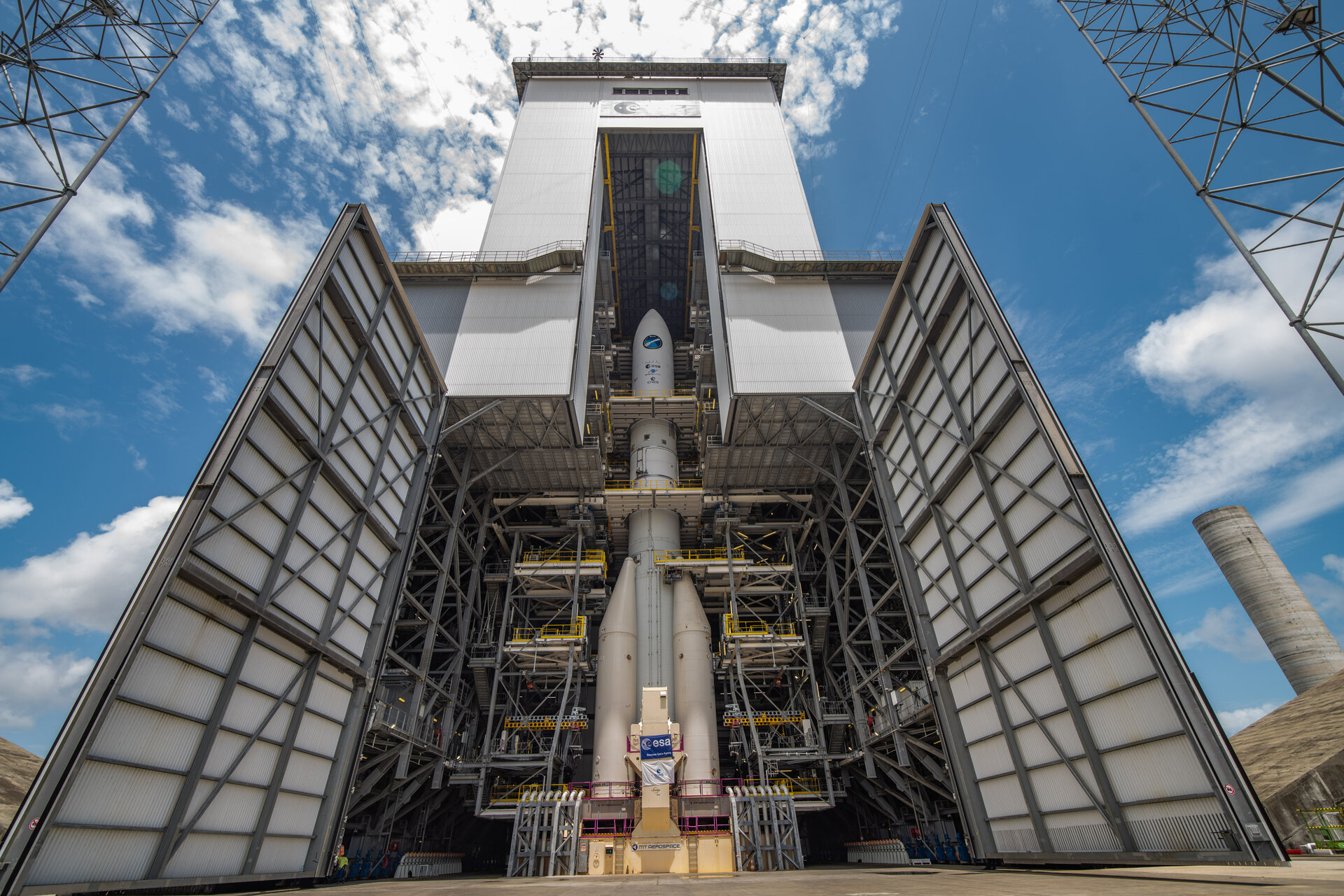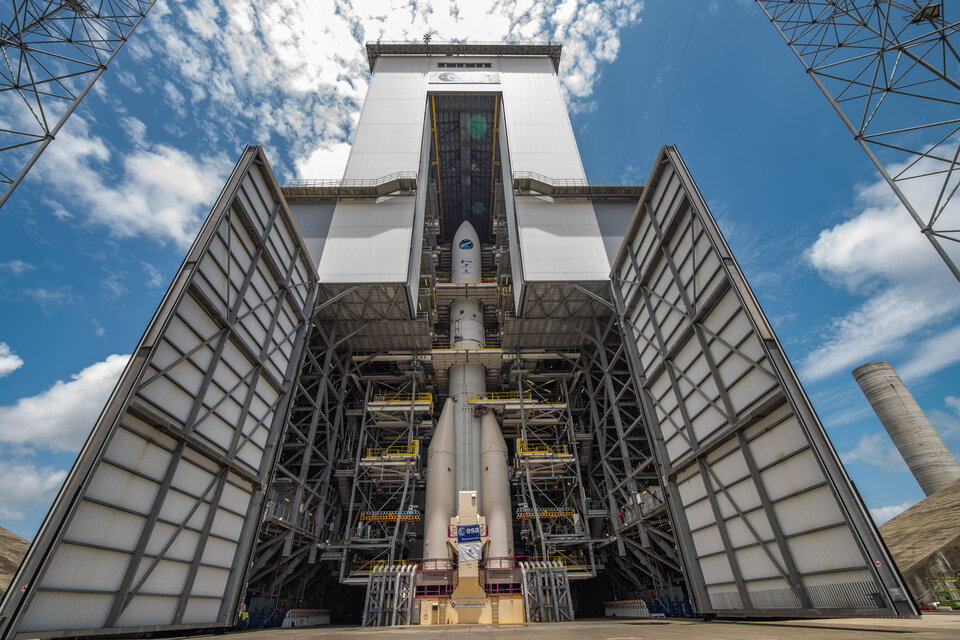Space Transportation development ‘an investment in Europe’s future’
Europe has a strong heritage in launch, with Ariane 5 leading the market for many years and Ariane 6 being prepared to take over this role. Meanwhile, the Vega launch system has showcased Europe’s capacity for innovation, notably with the inaugural flight of Vega-C on 13 July. In Space Transportation, ESA’s ambition at this ESA Council at Ministerial level (CM22) is therefore to continue to realise the market introduction of its newest vehicles, Ariane 6 and Vega-C, while making ambitious preparations for the 2030s.
To enable European space ambitions and shape our own destiny in space, Europe needs full autonomy in accessing space. Without an independent space transportation capability – entirely based on European-sourced technology and solutions, and adaptable to serve both current and evolving space transportation needs – there is no space programme, which means European citizens miss out on the benefits that come from space in the 21st Century.
While realising the potential of Ariane 6 and Vega-C to deliver commercial, institutional and scientific missions, we must continue to develop Space Rider. This reusable, orbital spacecraft will give Europeans a vehicle for operational activities in low Earth orbit, such as conducting microgravity research and bringing the results back to Earth.
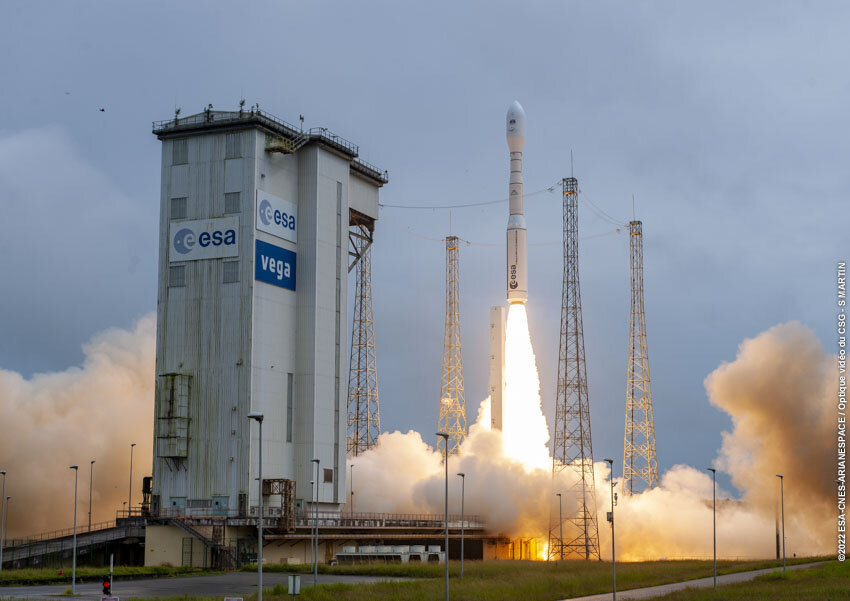
Another part of our vision for the 2030s is to be leaders in managing the space debris problem that threatens all activity in Earth orbit. That means Europe must continue to develop and deploy the technologies to systematically de-orbit the upper stage of every rocket we launch – this capability is a high-level requirement for Ariane 6 and Vega-C. We must also continue our work to realise practical techniques for debris management and even removal from orbit.
To this end, full reusability of a European launch vehicle shall be technically demonstrated. The reusability of the second stage could become, if economically viable, a concrete measure to support ESA’s policy ambition of zero-debris operations.
For CM22, ESA’s Space Transportation Systems directorate has submitted a proposal built on four pillars: Adaptation and Exploitation of Ariane 6 and Vega; Future Preparation; completion and evolution preparation for Space Rider; and Spaceport Infrastructure.
Ariane 6 and Vega-C should be brought to their full potential for delivery of commercial, institutional and scientific missions. Development of adaptations must continue, including for example the enhanced P120C+ solid rocket engine, which will be shared by the two launch systems.
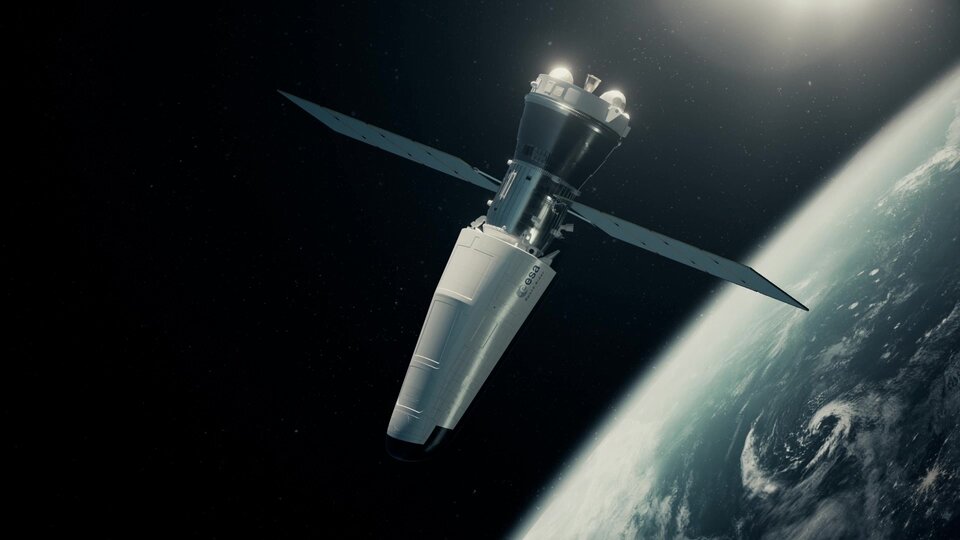
For the future, the Future Launchers Preparatory Programme should continue to develop and mature critical technologies that underpin capabilities Europe will need later this decade and in the 2030s. FLPP should be tasked to focus on reusable and environmentally sustainable space systems, along with preparatory activities for the advent of human space transportation capabilities.
To support the development of an independent, commercial European launch and space transportation industry, the Boost! programme should be enlarged to include new ground-based and in-flight services required by commercial operators. Furthermore, a proposed EU-ESA European Flight Ticket Initiative would co-fund rides to space for selected ready-to-fly satellites in need of an in-orbit demonstration or validation mission to prove their capabilities.
Continued development of the Space Rider reusable transportation system will deliver a unique strategic European capability. Its realisation will open paths to new applications in in-orbit demonstration and validation, micro-gravity research, robotics and servicing.
And, maintenance and modernisation of Europe’s Spaceport in French Guiana should include the strategic development of infrastructure. Benefits will include improved commercialisation for a green, digital Europe, improved safety and security, and preparation for critical programme challenges.
Director of Space Transportation Daniel Neuenschwander says: “Everything Europe wants to achieve in space is dependent on a reliable, scalable and technologically advanced space transportation capability, complemented by the ability to operate in orbit and to manage the return to Earth of important assets.
“Sustaining our development momentum is an investment in the future of Europe.”

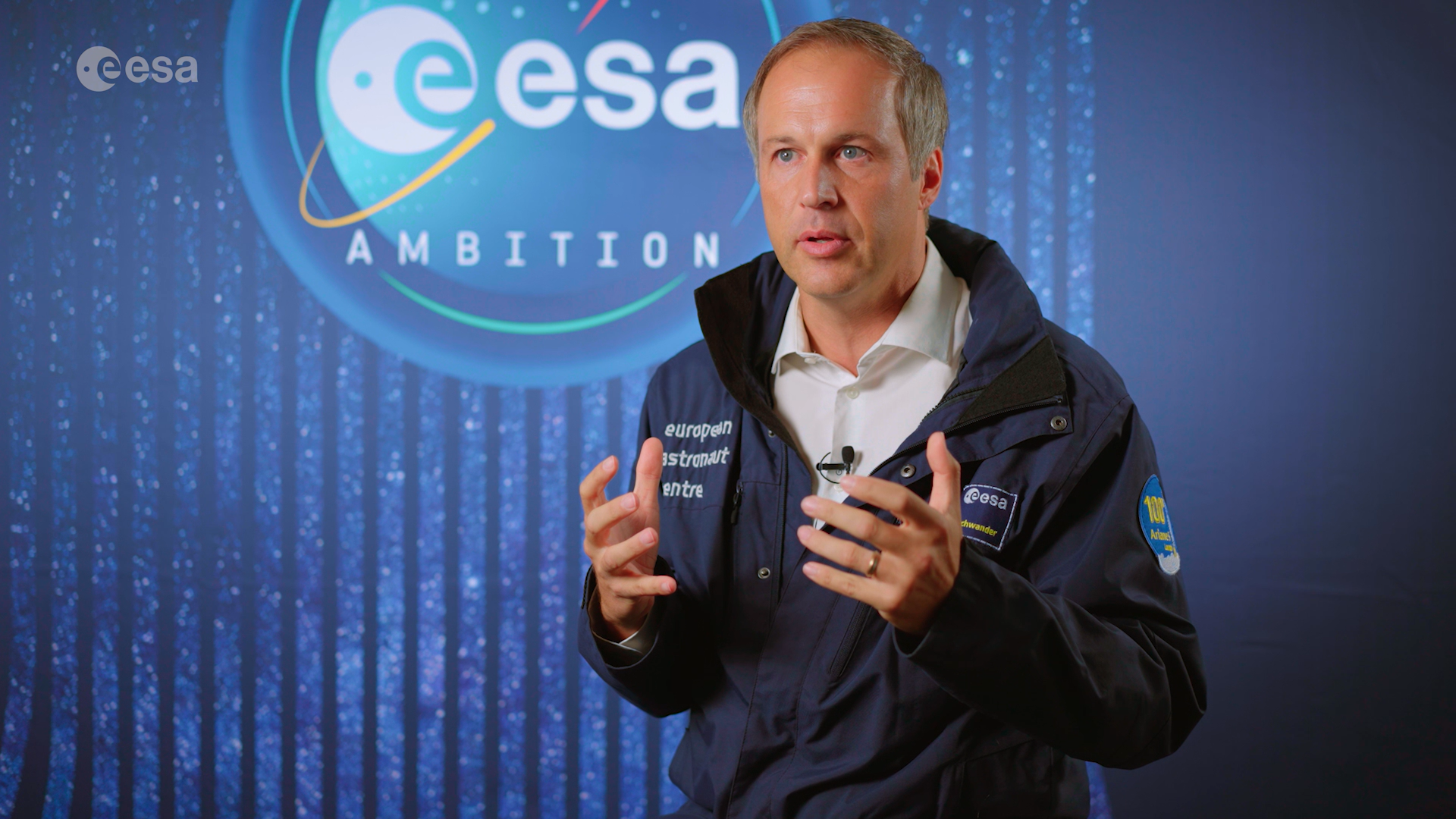
Access the video


